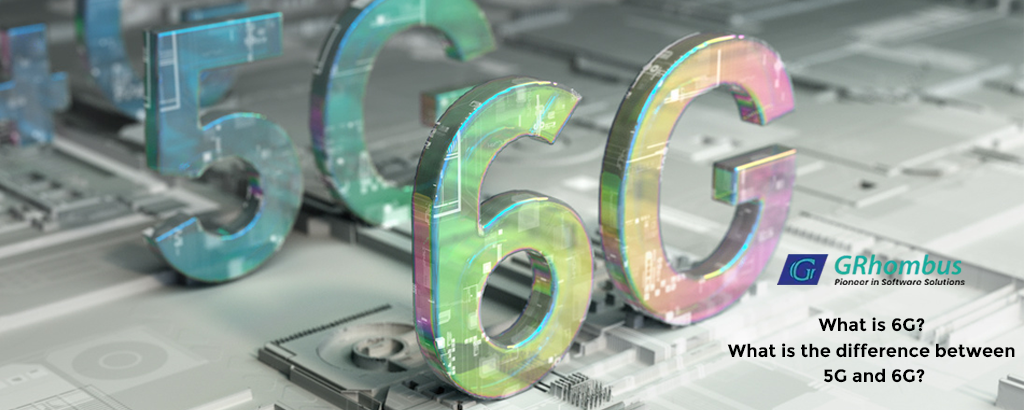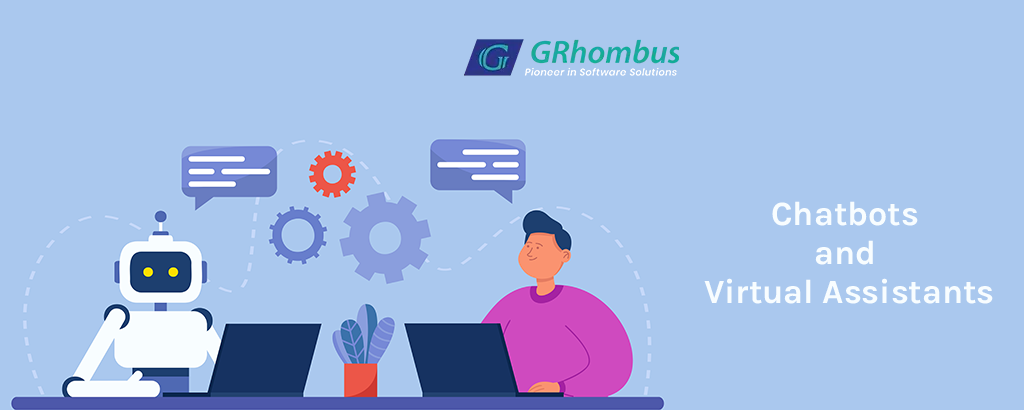IoT stands for Internet of Things. It refers to the network of physical devices, vehicles, home appliances and other items embedded with electronics, software, sensors etc with the ability to connect and exchange data. By extending the connectivity by the Internet to non-traditional devises like lights, machinery etc, greater integration and automation can be achieved.
In the context of IoT automation, it is basically the idea of systems being able to take a decision on their own without human intervention. The main advantages of this are that there is greater efficiency achieved, especially in the case of repetitive tasks, convenience, enhanced lifestyles and user experience.
Some of the common IoT automation techniques are:
Machine Learning and AI Integration
IoT devices can be integrated with machine learning algorithms and AI to automate complex tasks. For example, a smart security system could use machine learning to recognize the faces of family members and automatically unlock the door for them. While home automation is a basic application, it can be enhanced to an industrial scale.
Collection of data from sensors and their analysis
Sensors are the virtual sense organs of a system and help to continuously understand the environment. Based on the data gathered and the patterns identified by an intelligent system, it is possible to trigger actions and outcomes. So if there are rules and thresholds defined and set, then a system can work seamlessly. An example is intelligent lighting and heating systems.
Predictive Maintenance of Machinery and Systems
By integrating IoT, better predictive maintenance management can be achieved. This is especially true in the case of large and complex systems like refineries where multiple machines, systems and processes are involved, and a breakdown can be very expensive. Further, by undertaking maintenance based on the actual condition rather than a schedule chart, maintenance costs also can be optimized.
Setting up of Digital Twins
This involves creating a digital replica of a physical system, allowing for simulations and analyses that can inform automation strategies. For example, a digital twin of a factory might be used to test different automation scenarios before they’re implemented in the real world.
Robotic Process Automation (RPA)
RPA can be used in conjunction with IoT to automate repetitive tasks. For example, data collected by IoT devices could be automatically entered into a database or spreadsheet, as the requirement may be. This data can then be analysed for other activities.
Automation and Control in Manufacturing
IoT devices can be used to automate control systems in industries like manufacturing. Based on the real-time demand, the production line and the processes thereon can be controlled. The production process itself can be monitored and process parameters adjusted continuously to achieve best possible output.
Blockchain for IoT
Blockchain can provide a secure framework for IoT devices to communicate and transact with each other. This can be used to automate processes like supply chain tracking or energy grid management. Automation of reordering, remote monitoring of assets, tracking of orders etc can be completely achieved in a secure manner.
Why GRhombus Technologies?
GRhombus Technologies is a leader in offering API automation testing services and cybersecurity solution in USA. As a leading software development company in USA, we bring passion and purpose to our every activity. We are also a leading EdTech company in USA and a leading software development company in UK.
Our team of experts serve clients across Europe, UK, USA, Middle East. Committed to nourishing long-term relationships with them, we are dedicated to ensuring an uninterrupted flow of delivery all the time. GRhombus Technologies Private Limited is a subsidiary of GRhombus Consulting.
For additional details, please contact us.



